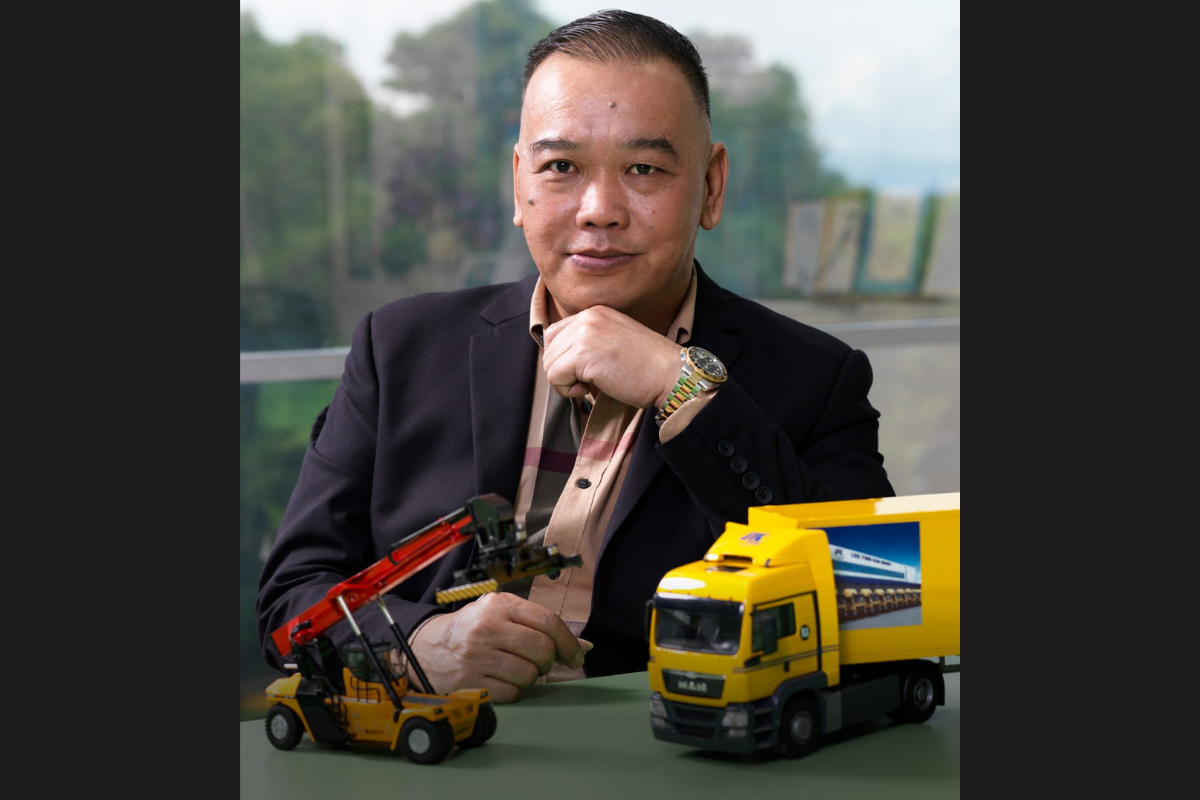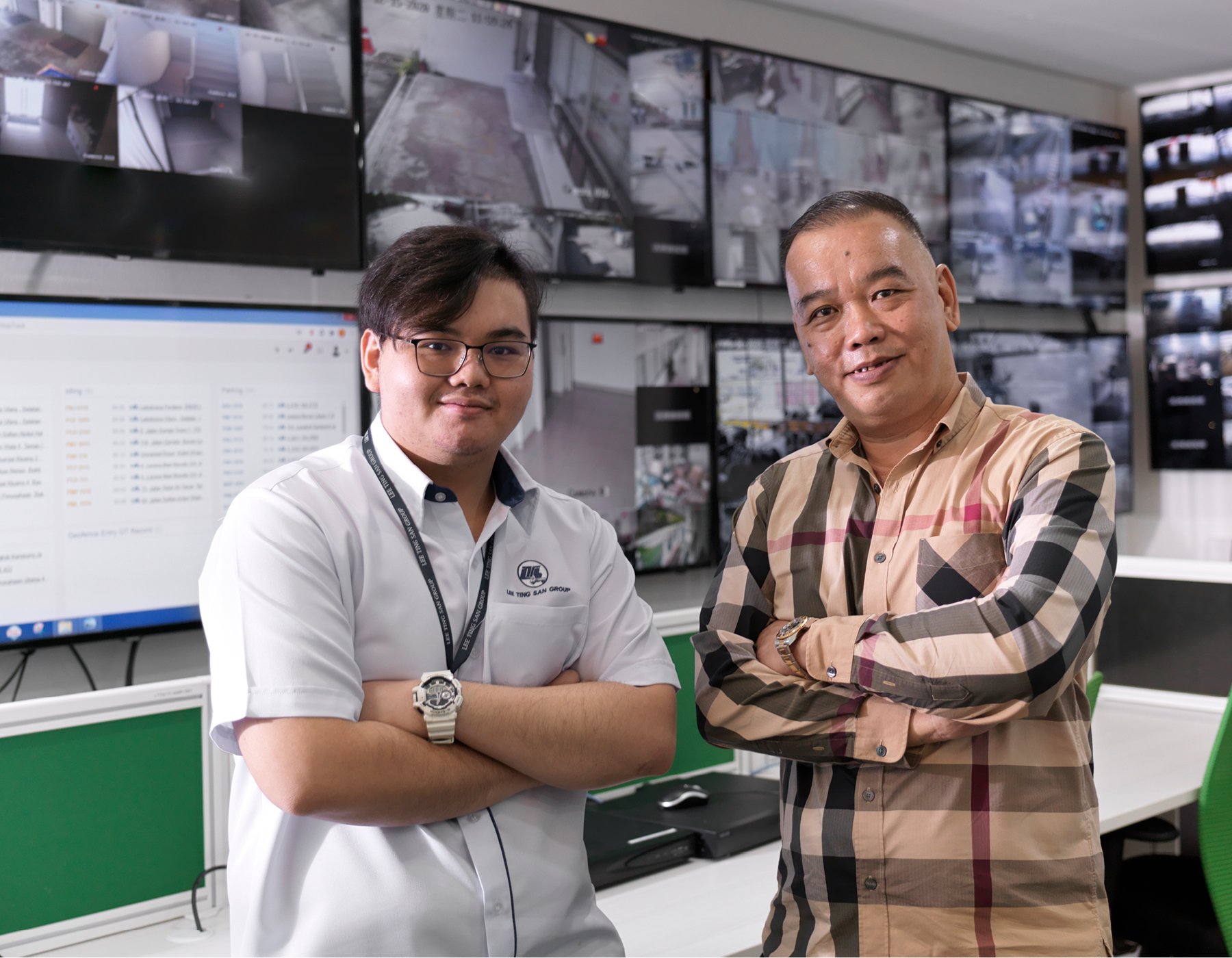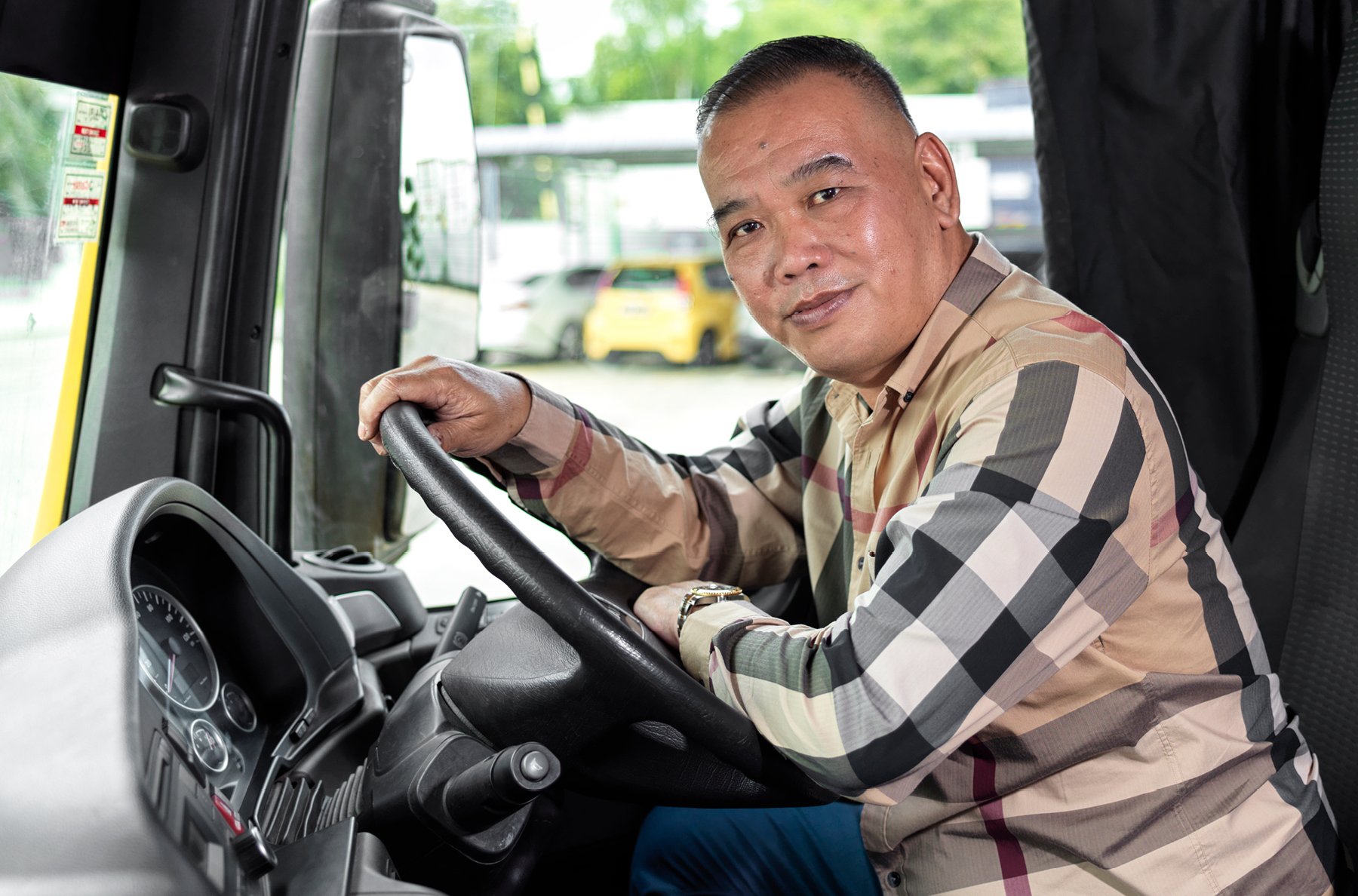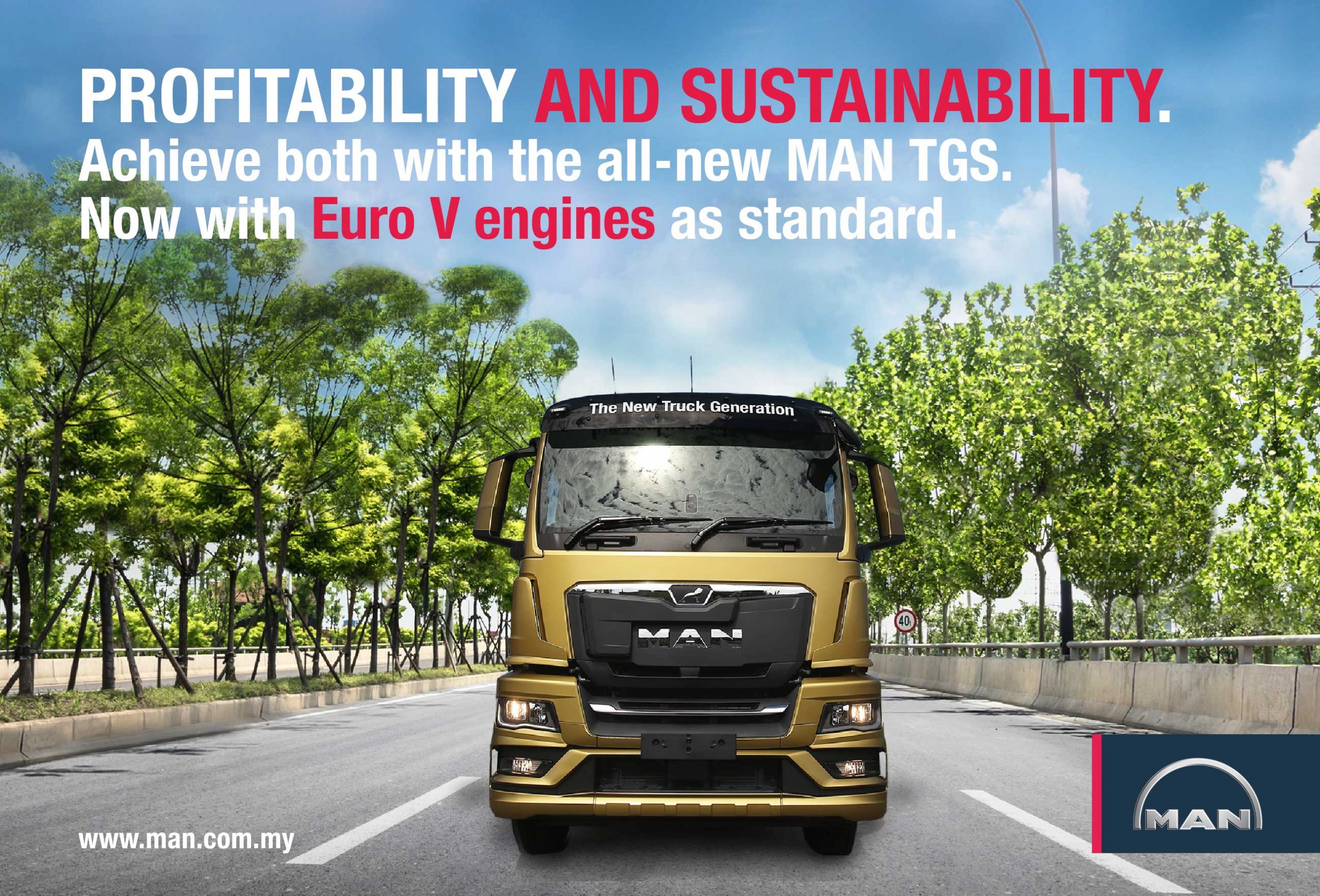He may be its CEO, but Lee Kah Chye rarely sets foot inside the offices of Malaysian transport, container haulage and warehousing company Lee Ting San (LTS) Group. “I only go in to sign cheques,” he smiles. With designated COOs overseeing the various business units, his job is to provide “vision and guidance”, as he explains it. It’s a role that allows him to spend most of his time on the ground. “I go out and get feedback from our customers, which is very important,” he continues.

Lee has worked his way from the ground up across his career with LTS, a business his late father Lee Ting San started in Penang in 1974. As he has grown, so has the company. Along with over 500 employees, it currently boasts a fleet of over 1,000 vehicles and offices across the country.
Technology-driven innovation has been at the core of the LTS story, and it’s a strategy that has seen the company become an important player in the infrastructure projects currently underway in the country. This includes the Northern Corridor Economic Region (NCER), an economic corridor launched in 2007 that crosses four states and more than 32,000 square kilometres. To date, the initiative has attracted over US$29.8 billion in investment and created nearly 165,000 jobs. “We are working closely with the NCER developer to provide warehousing, transportation and logistic support,” Lee says.

We are working closely with the NCER developer to provide warehousing, transportation and logistic support.
Within the NCER, LTS is also assisting with the transportation and warehousing for the Kedah Rubber City project, a development project of over 480 hectares that is expected to inject over US$3.2 billion into the country’s gross domestic product and create over 14,000 jobs within 15 years of its 2030 completion date.
It’s enough to keep him busy, but Lee hasn’t taken his eye away from other parts of the operation. “We’re also in the midst of enhancing our Transport Management System (TMS) and Warehouse Management System based on our customer feedback,” he explains, adding that when the updates are rolled out in the next 12 months, there will be increased application programming interface interaction and decreased use of paper.

I understand what the customer requires and can feed back to the various vendors what, from a customer standpoint, a solution should look like.
Lee points out that its TMS is different from other middleman software in the market. “A platform player, for example, can only provide the platform, and tracking companies then have to join it. And the system cannot be directly linked to the manufacturer,” he says. Whereas the LTS version is a complete loop. “Everybody is involved in the process.”
In fact, as an on-the-ground CEO, Lee often finds himself as a middleman with his partners. “We may have a GPS supplier and a camera supplier,” he explains. “But they lack the input of an operator.” This is where Lee is able to step in with valuable insight. “I understand what the customer requires and can feed back to the various vendors what, from a customer standpoint, a solution should look like,” he says. Such insights also allow suppliers to partner with LTS for their “guinea pig phase” as he describes it. “Because of our volume of business, we can do a lot of test cases with them,” he says. “Based on my input, we can test and make improvements together.”
As he looks around the corner to what tomorrow may bring, Lee sees further innovations. “Natural gas and electric trucks, as well as green warehouses, are coming,” he says. The horizon – for both LTS and the industry – is a sustainable one.
Continental First
“I’ve been in this industry since I was 16,” Lee says. “I know that there are three tiers when it comes to the quality of prime movers.” And because, in his line of work, reliability is the name of the game, he has made what he calls “significant investments” into premier tier, or European-made vehicles. Along with other continental brands like Scania, Mercedes and Volvo, he says MAN is a key supplier. “They are the brands that are able to support the business.” He is keeping an eye on the vehicles coming out of Japan and China as well, the latter in particular is of interest. “They are coming out very fast and also improving a lot,” he explains.
Proudly supported by:



